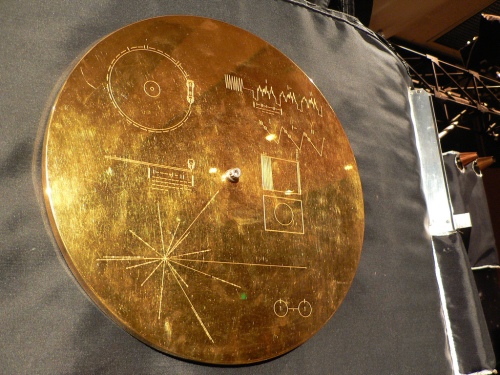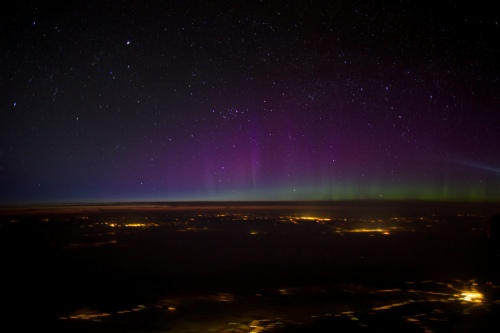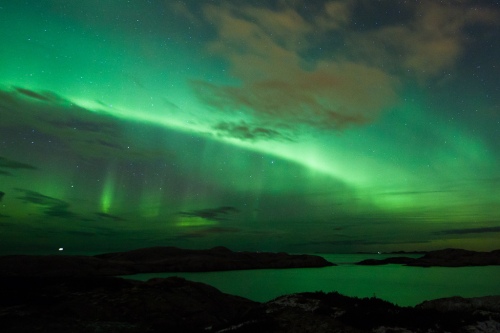Bon Courage
The stars are a source of courage to me, have been for a long time. My dad would point out the constellations to us and Mars. On Fall evenings they were there to greet me after soccer practice. I would get out of the car to open the gate into our driveway, my legs sore from sitting. And as I stood in the cool autumn air, there was Orion in the sky behind our house. This was in Arkansas. My family moved to Niger when I was in 11th grade. The first time the electricity went off I ran outside. There was the Milky Way and all the stars. The next year I had even more reason to love the stars. I took a course where we read and wrote about The Lord of the Rings. Tolkien has an evident appreciation for the stars. Sam says to Frodo, “They do cheer the heart, don’t they?” And they do. They testify to the truth of goodness and beauty. We also sang a song that year which included the line, “We will stand as children of the promise.” God made a promise to Abraham that his decedents will be as numerous as the stars in the sky. And here I stand, here my brothers and sisters stand, a witness to the fulfillment of that promise. God has been faithful over the course of thousands of years. The promise is also a witness of God’s desire for all nations to come to know him. The Gospel, Jesus’s death and resurrection, brought a way for all to come to know God. He is the fulfillment to all nations of the Earth being blessed through Abraham and the reason Abraham’s decedents are as numerous as the stars in the sky.
So the stars give me courage. For their own sake and as messengers. I do not think I will be posting more blog posts here (who knows, maybe I will), but learning more about the solar system and the Universe and sharing it with y’all has been a pleasure. Bon courage wherever life may take you.












